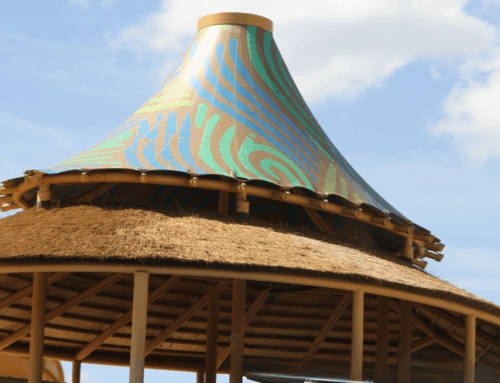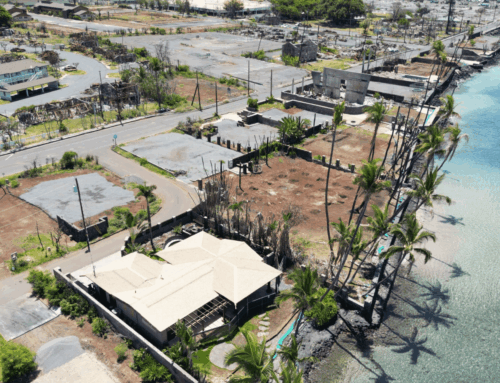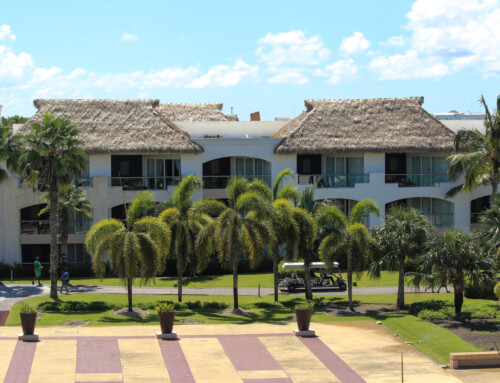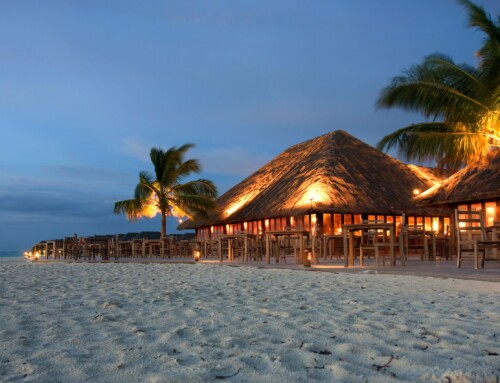Synthetic Thatch Testing: Why It Matters
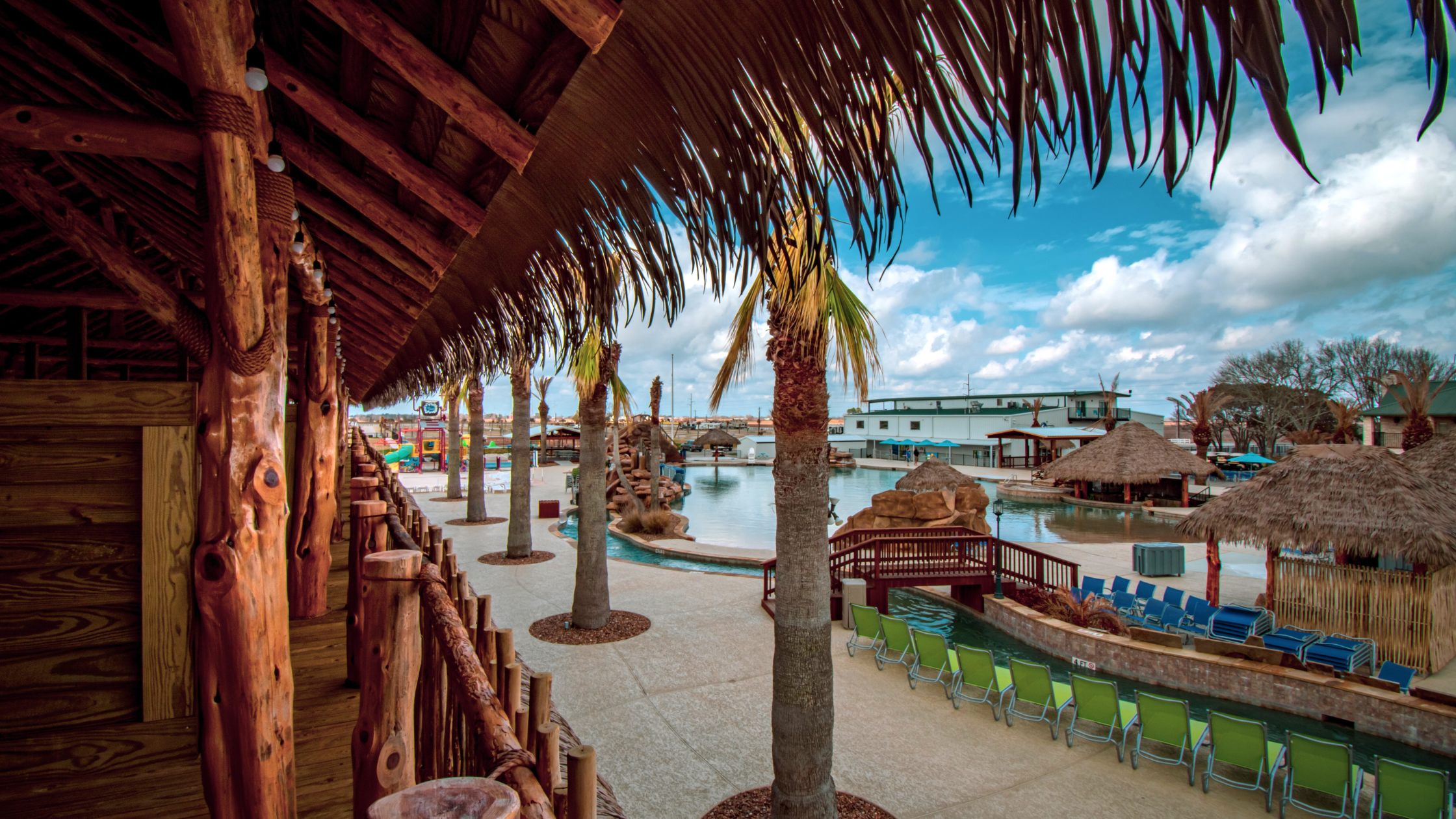
When It Comes to Roofing, Looks Aren’t Enough
A beautiful thatch roof may catch the eye—but performance is what keeps it standing. For synthetic thatch to truly replace natural materials, it must go beyond aesthetics. It has to endure sun, salt, moisture, and time. That’s where synthetic thatch testing comes in.
At Endureed®, we believe in proving performance. That’s why our engineered thatch™ products have undergone more than 150,000 hours of lab testing, including one of the most rigorous weather simulations available: Xenon arc testing.
The Problem: Not All Synthetic Thatch Is Built to Last
Natural thatch has undeniable charm—but it also has a short shelf life. Prone to rot, mold, pests, and rapid UV degradation, it often requires replacement within just a few years. That’s why architects, resorts, and homeowners worldwide have turned to synthetic thatch as a more resilient, cost-effective solution.
But here’s the catch:
The market is crowded with untested, lookalike products that don’t perform under pressure.
Just because it mimics the appearance of palm or reed doesn’t mean it will survive a decade of coastal sunlight, salt spray, hurricane winds, or tropical humidity. Many synthetic thatch products are little more than molded plastic, with no performance validation behind them.
The Elements That Quietly Destroy Roofs:
- UV Radiation: Causes discoloration, chalking, and breakdown of polymer chains.
- Thermal Cycling: Daily heat/cool cycles stress the material, leading to brittleness or delamination.
- Moisture & Humidity: Penetrates weak bonding layers and accelerates decay.
- Salt Air: Common in coastal regions, it corrodes fasteners and accelerates surface erosion.
- Wind Events: Lift panels or reveal weaknesses in attachment points and structural design.
If synthetic thatch isn’t engineered to resist these forces, it can fail within just a few seasons—costing thousands in repair, hurting your reputation, and putting your project at risk.
So the real question isn’t how good it looks on day one. It’s how well it performs in Year Ten.
Why Synthetic Thatch Testing Matters
Synthetic thatch isn’t just decorative. It protects guests, defines the look of your property, and represents a major investment. Testing provides evidence—not marketing fluff—that the product can deliver.
What Testing Proves:
- UV stability: Prevents fading, chalking, and material breakdown.
- Mechanical strength: Ensures long-term structural integrity under load.
- Dimensional stability: Guards against warping, curling, or shrinkage.
- Colorfastness: Maintains visual consistency across rooflines and over time.
- Bonding reliability: Confirms lamination or multi-layer adhesion will hold through years of exposure.
Synthetic thatch testing isn’t a bonus—it’s the only way to validate whether a product will truly perform under relentless outdoor conditions. And it directly affects warranties, insurance approvals, and code compliance.
That’s why we don’t guess, we engineer our products to withstand the world’s harshest conditions. Our engineered thatch™ systems are subjected to accelerated aging and stress testing to ensure they deliver on their promises.
Types of UV & Weather Testing (And Why They Matter)
To assess how a roofing material holds up under sun and weather, different testing methods can be used. Here’s a breakdown of the most common:
1. Xenon Arc Testing (used by Endureed™)
- Simulates natural sunlight, including UV, visible, and infrared light.
- Recreates heat and humidity cycles for realistic aging.
- Governed by strict global standards (ASTM G155, ISO 4892-2).
- Most accurate method for predicting real-world durability.
2. Fluorescent UV Testing
- Uses UVA or UVB lamps.
- Simulates narrow-band UV exposure only—not full-spectrum sunlight.
- Faster and cheaper but less accurate for outdoor performance.
3. Natural Weathering
- Exposes samples to the actual environment over time.
- Accurate, but too slow—takes years to yield results.
- Limited by location and inconsistent conditions.
Bottom line: If a synthetic thatch manufacturer isn’t using Xenon arc testing, they’re not testing to the most realistic outdoor conditions.
Why Xenon Arc Testing Is the Industry Benchmark
Xenon arc testing replicates the exact conditions your roof will face over 10, 20, or even 30 years—within a controlled lab environment. It allows us to identify weaknesses, improve formulations, and validate durability before our products ever reach a customer.
How It Works:
- Xenon lamps simulate the full spectrum of sunlight.
- Controlled cycles apply heat, UV radiation, and moisture (via water spray or humidity).
- Samples are observed over thousands of hours for fading, cracking, strength loss, and surface degradation.
- Data collected includes changes in color (∆E), tensile strength, gloss retention, and other physical properties.
Why It’s Trusted Across Industries:
- Automotive: Paints, dashboards, and trims
- Aerospace: Composite panels, polymers
- Construction: Siding, roofing, sealants
- Textiles: Outdoor fabrics, shade sails
If it needs to survive outdoors for decades, Xenon arc testing is the global benchmark. That’s why Endureed uses it to qualify every product in our engineered thatch™ portfolio.
Why 150,000+ Hours of Testing Matters
More testing means more confidence—and longer-lasting products.
At Endureed, we’ve committed to over 150,000 hours of accelerated testing across our product lines. That’s equivalent to decades of natural weather exposure—and it’s not something you’ll find from most competitors.
Why It Matters:
- More hours = more confidence. It’s simple math: a product tested for 10,000 hours under Xenon conditions tells a much deeper story than one tested for 1,000.
- Fewer surprises in the field. UV degradation is often invisible until it’s too late—our testing ensures durability isn’t guesswork.
- Stronger warranties. Our 20-year warranty is backed by data, not just legal copy.
- Reduced maintenance, reduced liability. When materials hold up, you save on replacements, touch-ups, and reputational risk.
This commitment to durability is why our engineered thatch™ has stood up to hurricanes, wildfires, tropical sun, and years of heavy rain—and still looks beautiful.
Engineered to Perform. Proven to Last.
There’s no shortcut to performance. That’s why at Endureed, we test relentlessly, validate rigorously, and stand by our results. With Xenon arc testing as a core part of our R&D, we don’t just build thatch roofing systems—we engineer trust.
Because when your roof faces nature, guesswork isn’t an option.
→ Ready to build with confidence?
Explore our product certifications and performance standards or book a meeting with our team.


